BLOGS
Laboratory Gas Safety Guide: Protocols for Flammable, Oxidizing & Calibration Gases
Laboratories thrive on innovation, but safety is non-negotiable. Gases – essential fuels, reactants, and standards in countless experiments – pose significant risks if mishandled. This guide, curated by Shenzhen Liten Technology Co., Ltd., demystifies safety protocols for the four major gas categories: Flammable, Oxidizing, Protective, and Calibration gases. Master their properties, storage, handling, and emergency response to fortify your lab's safety.
1. Flammable Gases: Controlling the Fire Risk
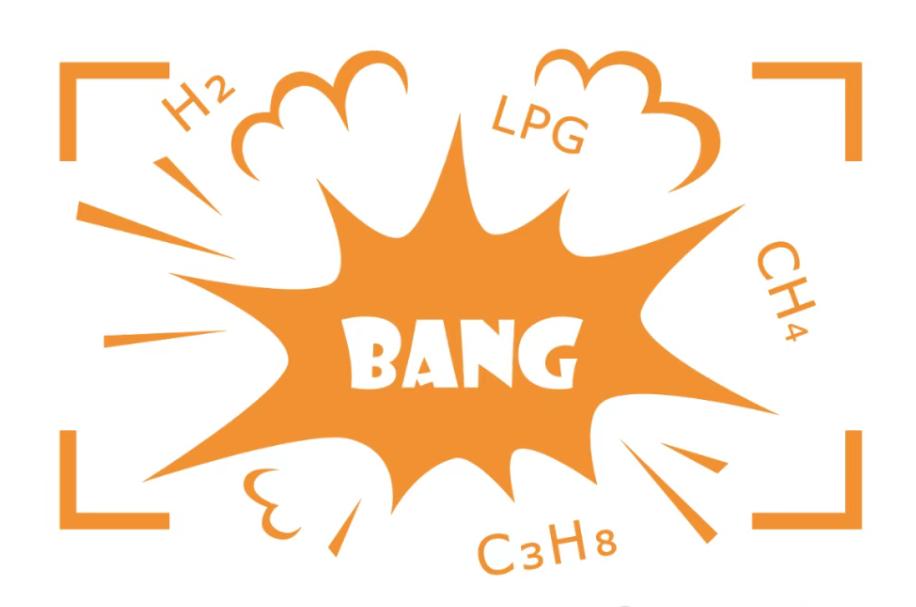
Methane (CH₄): Primary component of natural gas. Colorless, odorless. Explosive limits: 5-15%. Lighter than air, accumulates in poorly ventilated areas. Risk: Ignition causes violent "vapor cloud explosions."
Propane (C₃H₈): Key component in LPG. Flammable, heavier than air (spreads along ground). Risk: Explosive between 2.1-9.5% in air.
Liquefied Petroleum Gas (LPG): Mix (Propane/Butane). High liquid pressure (~815 kPa). Expands 250x upon vaporization. Risk: Cylinder rupture from overpressure/heat.
Hydrogen (H₂): Extremely wide explosive range (4-75%). Rapid diffusion. Min. ignition energy: 0.019mJ. Risk: Explosive mixtures with air/oxygen; ignites from static sparks.
Safety Essentials:
Pre-Use: Check lines for leaks (soapy water test), ensure valve/connection integrity.
Critical DON'Ts: No open flames or heat sources (ovens, furnaces). Mandatory explosion-proof equipment (Exd rated). Hydrogen lines require grounding & flow ≤12m/s.
Maintenance: Replace flexible hoses every 18 months. Professionally calibrate regulators (±2% tolerance).
Storage: Dedicated, ventilated cabinets (≥10 air changes/hour). Isolate from oxidizers/combustibles. Secure cylinders upright (chains/stands). Clear "Flammable" labels with dates.
Key Rules: No makeshift lines. Max 10kg per cylinder. Use approved regulators only. Daily pressure logs. Weekly leak checks. Monthly ventilation tests.
2. Oxidizing Gases: Fueling Fire, Demanding Control
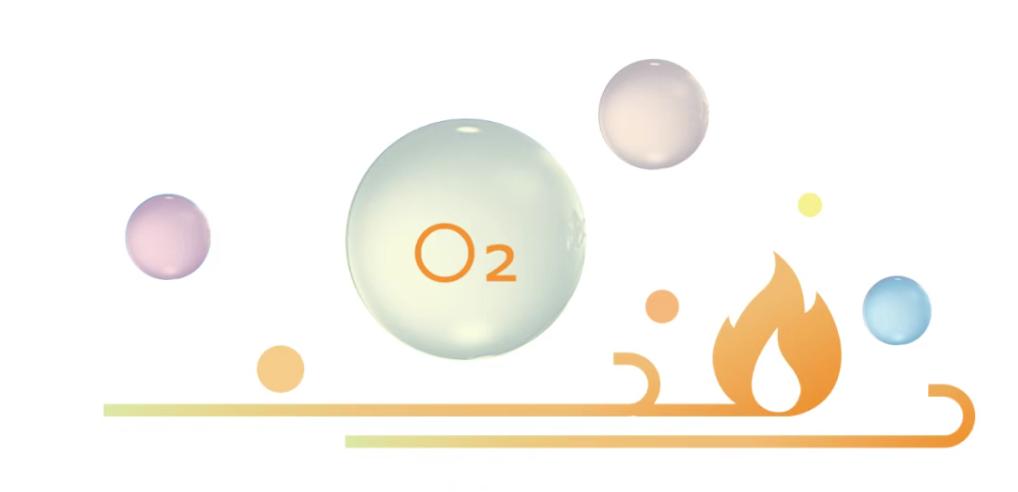
Oxygen (O₂): Strong oxidizer. Concentrations >23% dramatically accelerate combustion. Contact with oils/grease causes spontaneous ignition (~350°C).
Compressed Air: Contains O₂ (21%). Stored under high pressure (~15 MPa). Leaks can trigger dust explosions.
Safety Essentials:
Handling O₂: Use copper-alloy tools. STRICTLY OIL-FREE environment. Maintain ≥5m from fuels, ≥10m from open flames.
Pressure: Use pressure regulators. Prevent over-pressurization (release compressed air tank pressure regularly).
Storage: Separate from flammables/reducers. Cool, dry area (Humidity ≤60%). Ground cylinders/piping.
Critical DON'Ts: Never use O₂ for cleaning/purging or as compressed air. ZERO oil/grease contact.
Leak Response: Shut valve. Eliminate ignition sources. Use copper tools for repairs. Evacuate if necessary.
3. Protective Gases: Inert But Not Innocent
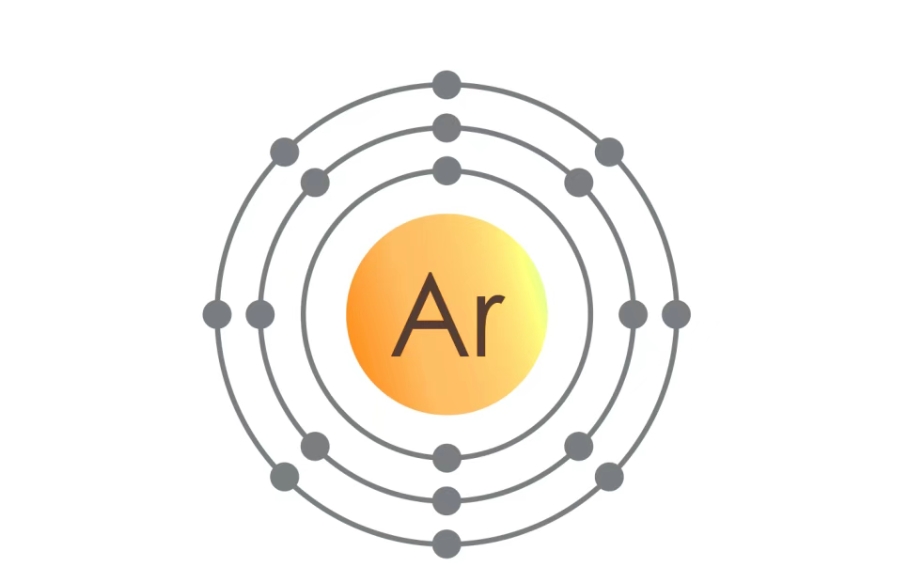
Nitrogen (N₂): Inert. High concentrations cause asphyxiation (risk when O₂ <19.5%).
Argon (Ar): Inert shielding gas. Density similar to air; leaks pool in low areas.
Safety Essentials:
Ventilation: Forced ventilation (≥6 air changes/hour) essential in confined spaces.
Leak Prevention: Regularly check seals (e.g., helium leak testing).
Storage: Separate from flammables. Protect from sun/impact (Temp ≤40°C). Keep N₂ systems dry (Dew point ≤-40°C).
Critical DON'Ts: No entry into N₂-rich spaces without breathing apparatus. Use gas-specific regulators.
Asphyxiation Response: Evacuate immediately. Administer oxygen (NEVER pure N₂).
4. Calibration Gases: Precision Under Pressure
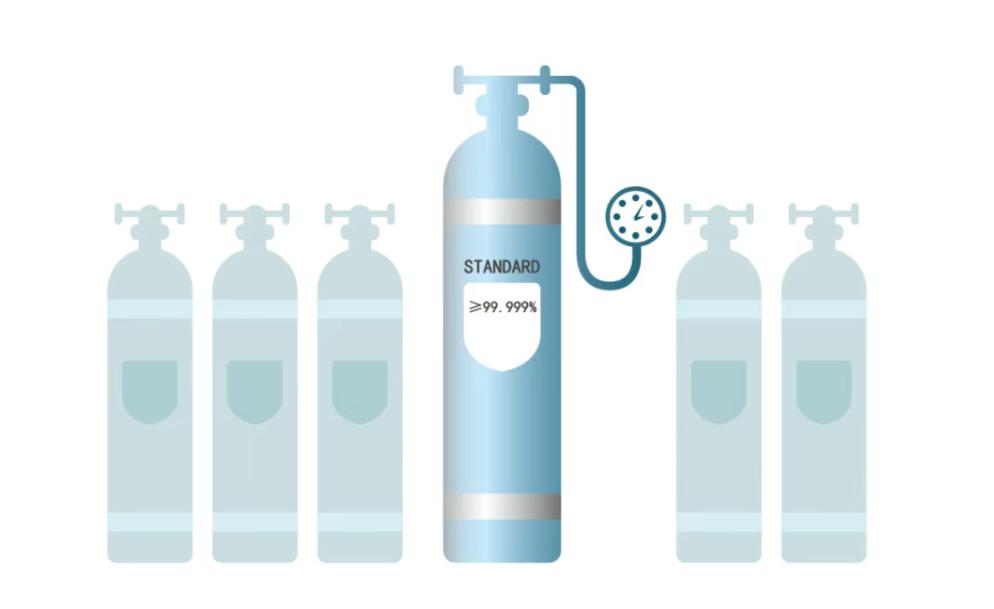
Calibration Gas: Known concentrations (e.g., CO₂ 500 ppm). High purity (≥99.999%). Critical for instrument accuracy.
Zero/Baseline Gas: Ultra-pure inert gases (He, Ar) or known H₂ levels. Establishes measurement baselines.
Safety Essentials:
Contamination Control: Use protective valve caps. Purge lines with high-purity N₂ before connection. Employ Mass Flow Controllers (MFCs) (±1% accuracy).
Storage: Stable, dark, dry environment (20±2°C, Humidity≤50%). Minimize vibration.
Shelf Life: Track opening date. Recertify after expiry (typically 6 months).
Critical DON'Ts: Never mix gases. Never use expired gas.
Leak Response: Activate local exhaust ventilation. Avoid inhalation.
5.Emergency Response: Act Fast, Stay Safe
Gas Leak:
Flammable: Shut main valve. Activate explosion-proof ventilation. Avoid sparking tools.
Oxygen: Shut valve. NO OIL CONTACT. Use copper tools. Evacuate.
Fire:
Flammable: Use dry chemical extinguishers. For H₂, fight from a distance.
Oxygen Fire: Cut off oxygen supply. Smother with graphite/sand.
Personnel:
Gas Inhalation: Move to fresh air. Administer CPR if needed.
Chemical Burns: Flush with water for 15 minutes. Seek medical help.
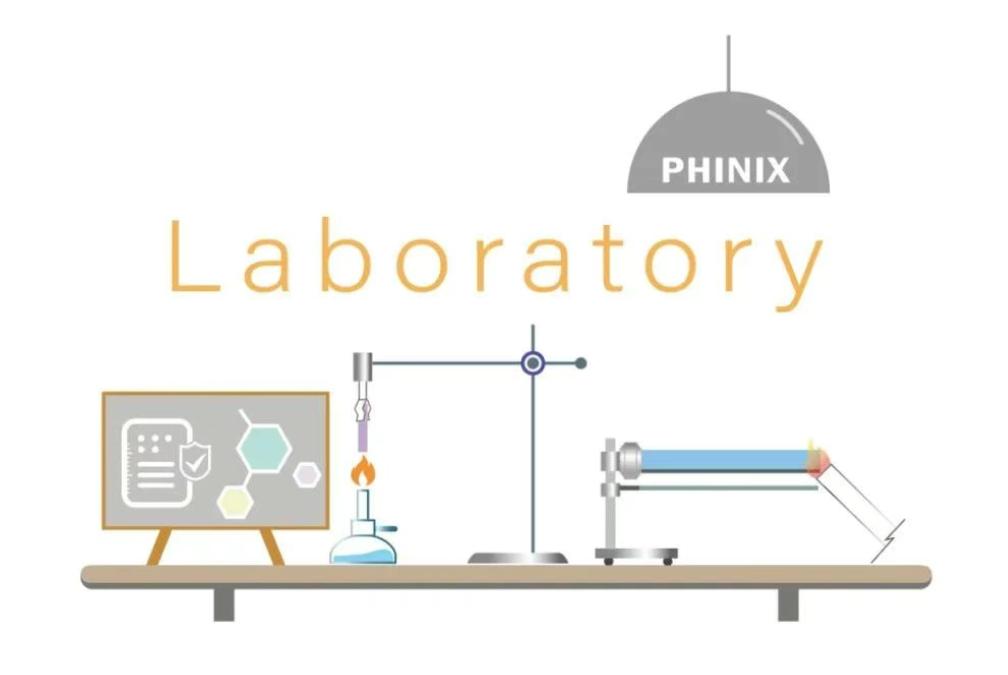
Conclusion:
Safety is paramount in every experiment, especially those involving combustion. From meticulous daily procedures to prepared emergency actions, vigilance is key. Safety First, Prevention Foremost – let's commit to making every lab a secure space for discovery.
Protect your research. Protect your team. Partner with LITEN for expert gas safety solutions.

